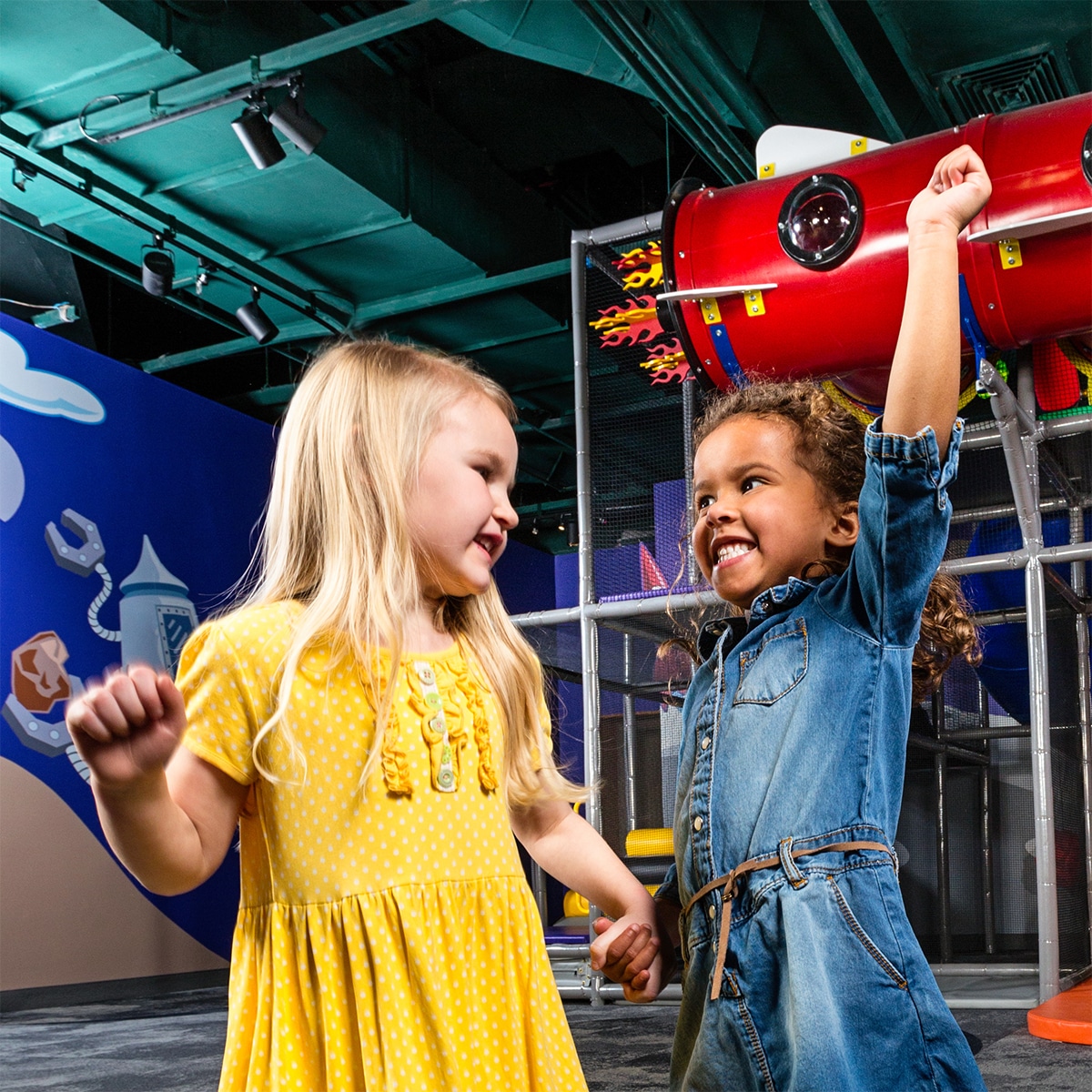Make a Donation Today
Become a champion for play and help make a difference in the lives of the children and families who play, learn, and grow with The Strong.

Hours: 10 a.m.–5 p.m. | Fri. & Sat. till 8 p.m.
Established in 1968, The Strong National Museum of Play is the only collections-based museum in the world devoted to the study and exploration of play. These annual reports chronicle key accomplishments and advancements in interpretive and collections activities that serve a diverse and growing audience of adults, families, children, students, teachers, scholars, collectors, and others around the globe.



Become a champion for play and help make a difference in the lives of the children and families who play, learn, and grow with The Strong.